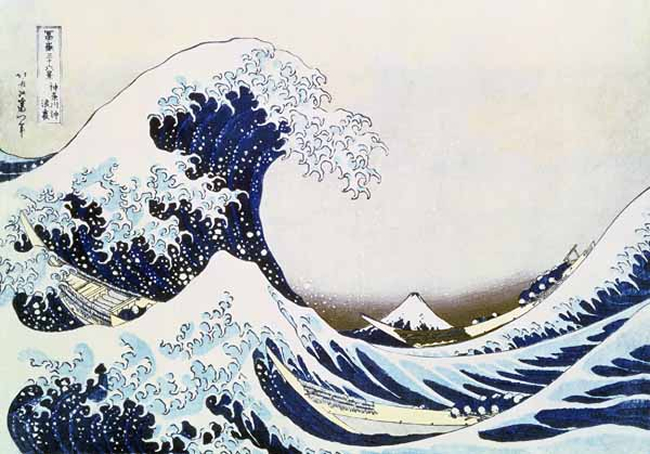Republished by Blog Post Promoter

Anagram (AN-uh-gram) noun: A word or phrase formed by rearranging the letters of another word or phrase. verb: To rearrange letters in such a way. To anagrammatize. [From Greek anagrammatismos, ana- (up, again, back, new) + -gram (letter).
Examples of Anagrams:
Sherlock Homes = Crooks Hell Mesh
Dormitory = Dirty Room
Dictionary = Indicatory
Schoolmaster = The classroom
Elvis = Lives
Listen = Silent
Clint Eastwood = Old West Action
Mother-in-law = Woman Hitler
President Barack Hussein Obama: a maniac presides. the banks rob u
William Shakespeare: I’ll make a wise phrase
Jay Leno: Enjoy L.A.
Gene Simmons: Immense Song
Motley Crue: Me Cruel Toy
The Morse Code = Here Come Dots
The eyes = They see
Barbie doll = Liberal bod
Here are some practical uses of anagrams:
Informal encryption Replace each word (or line) of your document with its anagram. Of course, it doesn’t give you military-grade encryption but for most informal applications, anagrams are serviceable.
Also Newton supposedly used an anagram in describing calculus in a letter to Leibniz. See this and the book A Passion for Mathematics: Numbers, Puzzles, Madness, Religion, and the Quest for Reality (page 30).
Generating passwords It’s a good idea to have a separate password for each email account, online account, etc. What’s difficult is having to remember all those passwords. Try using various anagrams of your favorite word or phrase as passwords.
Generating mnemonics
Divination Not sure of the best course of action? Whether to major in computer science or in philosophy at college… whether to start a comics store or a pet-sitting business? Let anagrams serve as your oracle. For example, if your name is Joe Smith, try anagramming “Joe Smith philosophy” and “Joe Smith computer science”, and see what anagrams divine for you. Try these tips for finding great anagrams.
Securely recording secret numbers (by Brian Thompson) Never keep a copy of your pin number, membership number, online banking pass number … So we are advised. I find it impossible to remember strings of numbers, but like most people, I find that a memorable phrase is easily recalled. Your number is tied to a phrase (Subject) which is anagrammed. The resulting permutation of the number string may then be written down with the Subject. You need only remember the anagram!




